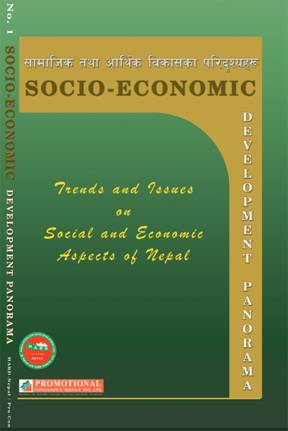The Gradual Transition of Monetary Policy: Nepalese Perspective
Abstract
While the role of monetary policy is changing over the years in search of a more comprehensive and decisive power of money all over the world, the technological pace of development has become the byproduct of the process of monetary policy causing a rapid transition of the global economy. The role of monetary policy and the technology of monetary exchanges is, thus, understood at both the local and global levels. The effectiveness of the policy, however, is the matter of empirical result based on specific situations. Sometimes monetary policy becomes an ideological offspring in the name of public intervention or liberalization. Specially, the situation after 1970s undermined the active monetary policy, the climax of which reached after 1990s when reliance was almost an indirect method of credit control and aligned towards flexible exchange rate regime. This article highlights these phenomenal policy changes in the theoretical as well as Nepalese perspective on monetary policy. The emphasis, moreover, is on the question of the universal applicability of the policy initiatives, given the differences in economic background.
Socio-Economic Development Panorama Vol.1(1) 2007 pp.21-30

